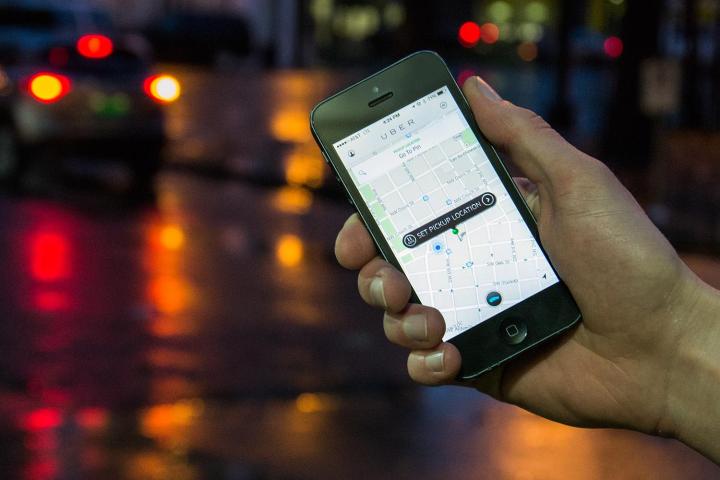
Even with all of this money funneling into the mobile taxi service, the back-end system that keeps Uber running is apparently in shambles. The Information’s Amir Efrati claims an internal conflict between upper management and engineers has led to the back-end system instability, as engineers continue to push new services onto the platform.
The demands normally come from the top, as chief executive officer Travis Kalanick pushes Uber into new markets. UberEat, UberCommute, and UberBoat are all offshoot programs designed to offer customers more services through the Uber app. Kalanick sees the new services as ways for users to spend more time on the app, but engineers are finding it harder to implement the new services without breaking the system.
Uber is powered by two systems, a Node.js system that dispatches cars and a Python system that calculates fare costs and recognizes email addresses. Engineers working on the two systems are “at odds” with each other on how new services should be implemented, often leading to slow turnaround.
Uber’s chief technology officer Thuan Pham is trying to fix instability on the systems, but the process seems to be hitting some speed bumps. An internal email sent by Pham after an outage on May 13 claimed it “reflected an amateurism with our overall engineering organization, its culture, its processes, and its operation.”
Pham wants to make engineering teams work towards one goal, instead of internally fighting with each other. The staggering amount of new employees makes it hard to change the culture at Uber, however, with 1,200 engineers working on the systems. Pham wants Uber to reach a 99.99 percent reliability rate, reducing downtime to 50 minutes per year, but that doesn’t seem likely given the instability of the system and lack of time to work on reducing clutter.
Uber uses third-party servers to keep its system alive, unlike a lot of popular apps such as Airbnb, Twitter, Pinterest, and Twitch.TV that rely on a public cloud provider like Amazon Web Services. This is another cause for concern, especially on price, for Uber investors. It may also explain the downtime for Uber, if it cannot find enough reliable server providers to handle its millions of users at any one time.
The big issue here is Uber’s aggressive push into new markets and new services, without taking the time to fix its back-end system and infrastructure. Kalanick, like a lot of tech CEOs, seems to believe that his engineers can perform the unthinkable when pushed, but these new rumors would suggest that Uber’s back-end system is at melting point.
Editors' Recommendations
- Uber sells its flying-taxi business to another flying-taxi business
- Uber and Lyft shutdown averted in California after court decision
- Uber might shut down its app in California over how employees are classified
- Uber just got hit with a massive fine over how it classifies its drivers
- California’s gig economy bill could fundamentally change Uber and Lyft

